-
 Bitcoin
Bitcoin $94,320.1618
-1.29% -
 Ethereum
Ethereum $1,803.5037
-0.31% -
 Tether USDt
Tether USDt $1.0004
-0.01% -
 XRP
XRP $2.1997
-0.35% -
 BNB
BNB $607.2807
0.12% -
 Solana
Solana $149.1561
-2.46% -
 USDC
USDC $1.0000
-0.01% -
 Dogecoin
Dogecoin $0.1812
-1.82% -
 Cardano
Cardano $0.7078
-2.42% -
 TRON
TRON $0.2517
3.28% -
 Sui
Sui $3.4662
-4.76% -
 Chainlink
Chainlink $14.8667
-2.05% -
 Avalanche
Avalanche $21.9690
-3.14% -
 Stellar
Stellar $0.2895
0.64% -
 UNUS SED LEO
UNUS SED LEO $9.0817
1.19% -
 Shiba Inu
Shiba Inu $0.0...01418
0.67% -
 Toncoin
Toncoin $3.3016
1.63% -
 Hedera
Hedera $0.1923
-3.73% -
 Bitcoin Cash
Bitcoin Cash $359.7115
-4.87% -
 Polkadot
Polkadot $4.2822
-0.59% -
 Litecoin
Litecoin $87.0928
0.23% -
 Hyperliquid
Hyperliquid $17.8367
-3.88% -
 Dai
Dai $1.0000
0.01% -
 Bitget Token
Bitget Token $4.4053
-1.06% -
 Ethena USDe
Ethena USDe $0.9996
-0.02% -
 Pi
Pi $0.6460
-0.41% -
 Monero
Monero $228.7382
-0.33% -
 Pepe
Pepe $0.0...09133
2.99% -
 Uniswap
Uniswap $5.8034
-2.49% -
 Aptos
Aptos $5.5976
0.51%
How to make a profit from Binance contract
Understanding the risks and strategies involved in Binance contract trading is crucial to maximize profit potential while managing potential losses.
Nov 13, 2024 at 07:02 pm

How to Make a Profit from Binance Contract
Binance contract trading is a powerful tool that can be used to generate substantial profits. However, it is important to understand the risks involved before getting started. In this guide, we will provide you with a step-by-step guide on how to make a profit from Binance contract trading.
Step 1: Choose a Contract
The first step is to choose a contract to trade. Binance offers a wide range of contracts, including futures, options, and perpetual swaps. Each type of contract has its own unique characteristics, so it is important to choose one that suits your trading style and risk tolerance.
Step 2: Learn about the Contract
Once you have chosen a contract, it is important to learn about its specifications. This includes understanding the contract size, leverage, and margin requirements. You should also familiarize yourself with the trading rules and regulations for the contract.
Step 3: Open a Trading Account
To trade Binance contracts, you will need to open a trading account. You can do this by visiting the Binance website and clicking on the "Create Account" button. Once you have created an account, you will need to deposit funds into it.
Step 4: Place an Order
Once you have funded your account, you can place an order to buy or sell a contract. To do this, you will need to specify the contract quantity, price, and order type. You can also choose to use leverage to increase your potential profits.
Step 5: Monitor Your Order
Once you have placed an order, it is important to monitor it closely. This means watching the price of the contract and making adjustments to your order as needed. You should also be aware of the potential risks involved in trading contracts.
Step 6: Close Your Order
When you are ready to close your order, you will need to specify the closing price and order type. You can also choose to close your order partially or fully. Once you have closed your order, you will be able to withdraw your profits from your trading account.
Step 7: Understand the Risks
Contract trading involves a high degree of risk. It is important to understand these risks before trading contracts. The most common risks include:
- Market volatility: The price of a contract can fluctuate significantly in a short period of time. This can lead to losses if you are not careful.
- Leverage: Leverage can magnify your profits, but it can also magnify your losses. It is important to use leverage wisely.
- Margin calls: If the price of a contract moves against you, you may be required to post additional margin. If you do not have sufficient margin, you may be forced to sell your position at a loss.
Step 8: Manage Your Risk
There are a number of things you can do to manage your risk when trading contracts. These include:
- Use stop-loss orders: Stop-loss orders can help you to limit your losses if the price of a contract moves against you.
- Use take-profit orders: Take-profit orders can help you to lock in your profits if the price of a contract moves in your favor.
- Diversify your portfolio: Diversifying your portfolio can help you to reduce your risk by spreading your investments across a number of different contracts.
Step 9: Education and Practice
The best way to learn how to trade Binance contracts is to educate yourself and practice. There are a number of resources available online that can teach you about contract trading. You can also practice trading with a demo account before trading with real money.
Disclaimer:info@kdj.com
The information provided is not trading advice. kdj.com does not assume any responsibility for any investments made based on the information provided in this article. Cryptocurrencies are highly volatile and it is highly recommended that you invest with caution after thorough research!
If you believe that the content used on this website infringes your copyright, please contact us immediately (info@kdj.com) and we will delete it promptly.
- A Prominent Dogecoin Analyst Has Revealed the Next Meme Coin to Dominate the Crypto Space
- 2025-04-27 01:15:12
- Remittix (RTX) Token Could Experience Explosive Growth Before DOGE Takes Off
- 2025-04-27 01:15:12
- This Could Be The Best Crypto To Buy Now As Bitcoin Regains Crucial Support
- 2025-04-27 01:10:12
- Petoto Approaches Listing with Real Utility, a Deep Story, and a Rare Low Entry Point
- 2025-04-27 01:10:12
- Solaxy (SOLX) Has Quickly Captured Attention in the Crypto World, Raising an Impressive $31.8 Million in Its Presale
- 2025-04-27 01:05:13
- Petito Gears Up for Exchange Listing With Real Use Case, Strong Story, and Low Market Entry
- 2025-04-27 01:05:13
Related knowledge

What does the surge in SOL's cross-chain bridge inflows represent?
Apr 25,2025 at 09:00am
The recent surge in SOL's cross-chain bridge inflows represents a significant trend within the cryptocurrency ecosystem, particularly for Solana (SOL). This phenomenon highlights increased activity and interest in moving assets from other blockchains to Solana, indicating growing confidence in its network and ecosystem. Cross-chain bridges are essential...
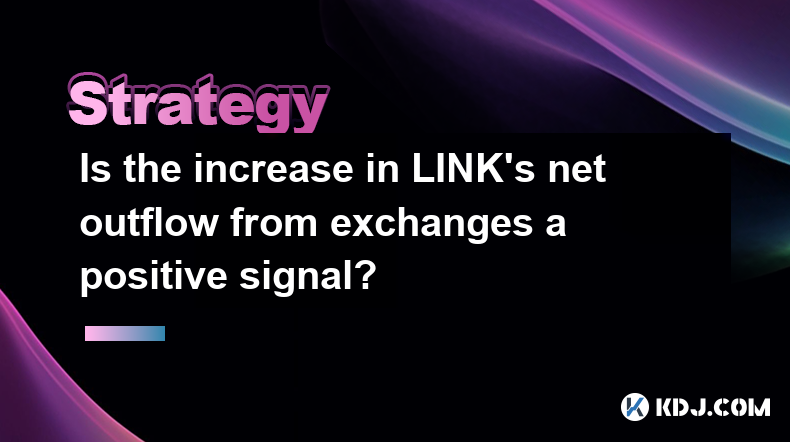
Is the increase in LINK's net outflow from exchanges a positive signal?
Apr 24,2025 at 02:35pm
The recent increase in LINK's net outflow from exchanges has sparked discussions within the cryptocurrency community about its implications for the token's future performance. LINK, the native token of the Chainlink decentralized oracle network, has seen a notable shift in its net outflow from exchanges, which many interpret as a positive signal. This a...
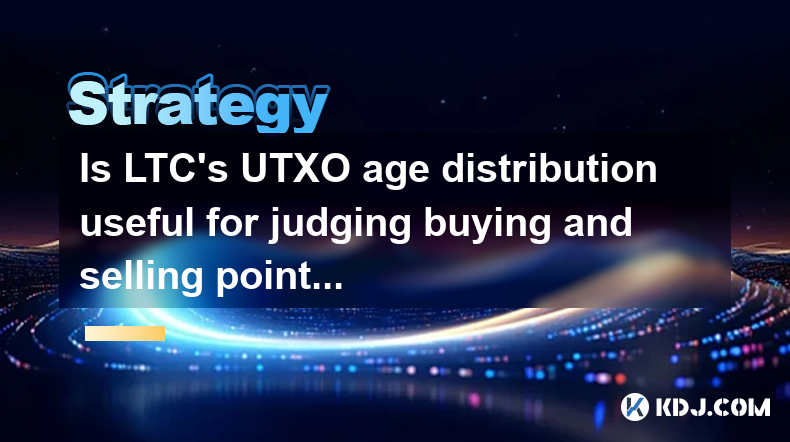
Is LTC's UTXO age distribution useful for judging buying and selling points?
Apr 23,2025 at 05:42pm
Is LTC's UTXO age distribution useful for judging buying and selling points? Understanding the UTXO (Unspent Transaction Output) age distribution of Litecoin (LTC) can provide valuable insights into the behavior of its holders and potentially help in making informed decisions about buying and selling points. The UTXO age distribution refers to the age o...
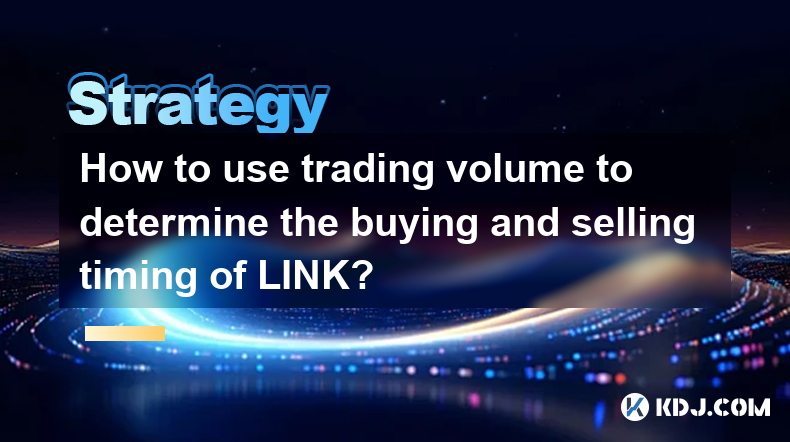
How to use trading volume to determine the buying and selling timing of LINK?
Apr 25,2025 at 02:07am
How to Use Trading Volume to Determine the Buying and Selling Timing of LINK? Trading volume is a crucial metric in the cryptocurrency market that can provide valuable insights into the buying and selling behavior of traders. When it comes to Chainlink (LINK), understanding how to analyze trading volume can help you make more informed decisions about wh...
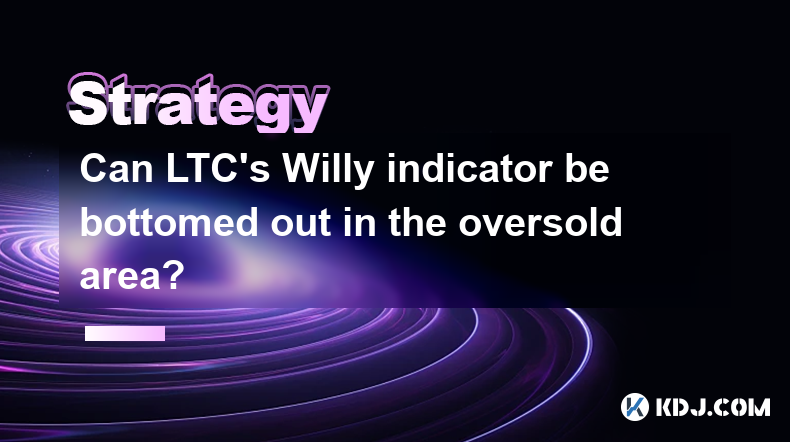
Can LTC's Willy indicator be bottomed out in the oversold area?
Apr 24,2025 at 01:43pm
Understanding the Willy IndicatorThe Willy indicator, also known as the Willy ratio, is a technical analysis tool used in the cryptocurrency market to gauge the sentiment of a particular asset, in this case, Litecoin (LTC). It is calculated by dividing the total trading volume of an asset by its market capitalization. The resulting ratio helps traders u...
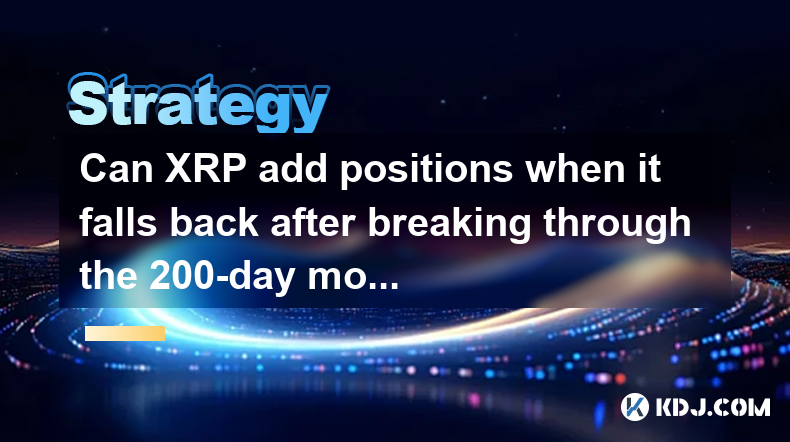
Can XRP add positions when it falls back after breaking through the 200-day moving average?
Apr 25,2025 at 04:49pm
The question of whether to add positions to XRP after it breaks through the 200-day moving average and subsequently falls back is a common dilemma faced by many cryptocurrency traders. The 200-day moving average is a widely recognized technical indicator used to assess the long-term trend of an asset. When XRP breaks above this level, it is often seen a...

What does the surge in SOL's cross-chain bridge inflows represent?
Apr 25,2025 at 09:00am
The recent surge in SOL's cross-chain bridge inflows represents a significant trend within the cryptocurrency ecosystem, particularly for Solana (SOL). This phenomenon highlights increased activity and interest in moving assets from other blockchains to Solana, indicating growing confidence in its network and ecosystem. Cross-chain bridges are essential...

Is the increase in LINK's net outflow from exchanges a positive signal?
Apr 24,2025 at 02:35pm
The recent increase in LINK's net outflow from exchanges has sparked discussions within the cryptocurrency community about its implications for the token's future performance. LINK, the native token of the Chainlink decentralized oracle network, has seen a notable shift in its net outflow from exchanges, which many interpret as a positive signal. This a...

Is LTC's UTXO age distribution useful for judging buying and selling points?
Apr 23,2025 at 05:42pm
Is LTC's UTXO age distribution useful for judging buying and selling points? Understanding the UTXO (Unspent Transaction Output) age distribution of Litecoin (LTC) can provide valuable insights into the behavior of its holders and potentially help in making informed decisions about buying and selling points. The UTXO age distribution refers to the age o...

How to use trading volume to determine the buying and selling timing of LINK?
Apr 25,2025 at 02:07am
How to Use Trading Volume to Determine the Buying and Selling Timing of LINK? Trading volume is a crucial metric in the cryptocurrency market that can provide valuable insights into the buying and selling behavior of traders. When it comes to Chainlink (LINK), understanding how to analyze trading volume can help you make more informed decisions about wh...

Can LTC's Willy indicator be bottomed out in the oversold area?
Apr 24,2025 at 01:43pm
Understanding the Willy IndicatorThe Willy indicator, also known as the Willy ratio, is a technical analysis tool used in the cryptocurrency market to gauge the sentiment of a particular asset, in this case, Litecoin (LTC). It is calculated by dividing the total trading volume of an asset by its market capitalization. The resulting ratio helps traders u...

Can XRP add positions when it falls back after breaking through the 200-day moving average?
Apr 25,2025 at 04:49pm
The question of whether to add positions to XRP after it breaks through the 200-day moving average and subsequently falls back is a common dilemma faced by many cryptocurrency traders. The 200-day moving average is a widely recognized technical indicator used to assess the long-term trend of an asset. When XRP breaks above this level, it is often seen a...
See all articles























































































